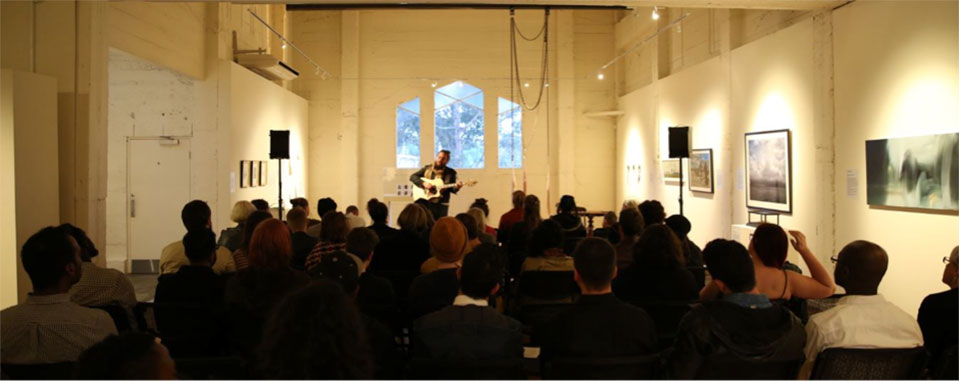
Nestled between homes and a recycling depot in Moonee Ponds is an art gallery with a difference. Its name offers a clue to its special place in Melbourne’s industrial history.
The Incinerator Gallery in Holmes Road is just a short walk from the Maribyrnong River. Cafes, parks and playgrounds now line the water’s edge, but a century ago it was a very different place.
The gallery’s director of exhibitions and programs, Richard Ennis, explains that the population was booming, bringing new wealth, new residents – and more waste. The Holmes Road tip, known locally as “The Rattery”, was smelly and dangerous, and the people moving into homes nearby were understandably unhappy with the impact on both their lifestyle and their property values.
“At that time there were no large vehicles capable of removing rubbish to landfill sites outside town, but nobody wanted to live near a tip,” Richard says. “And the Maribyrnong flooded more regularly than anyone anticipated at the time, which would then carry waste down the river to Footscray.”
The community demanded a solution that was both practical and aesthetic; a solution that would improve public health without detracting from property values. It was not an easy ask.
Enter Walter Burley-Griffin, the award-winning designer of Canberra’s master plan and a champion of harmonious design. Burley-Griffin and his team designed a cutting-edge furnace that blended into its surrounds, looking more like a church or a grand home than a waste facility.
“The building tells a really interesting story,” Richard says. “It shows that people have been concerned about the environment for a long time, and that an engaged, switched-on community can achieve great outcomes.”
The Incinerator opened in 1929 and led the world for 13 years. It was clean, efficient, and far safer than alternative models. Burley-Griffin and his engineering team designed more than a dozen similar furnaces around the country and were poised for international success when World War II changed the industrial landscape in profound ways.
The Incinerator closed in 1942, when the council stopped collecting waste and residents started burning their own rubbish. By the end of the war, larger trucks were capable of quickly carting rubbish out of towns to landfill, and the Incinerator’s furnaces were no longer required.
For 42 years the site was used for little more than storing machinery. In 1984 the site reopened as a performing arts space but it wasn’t until 2004 that it was rebooted seriously as an arts complex.